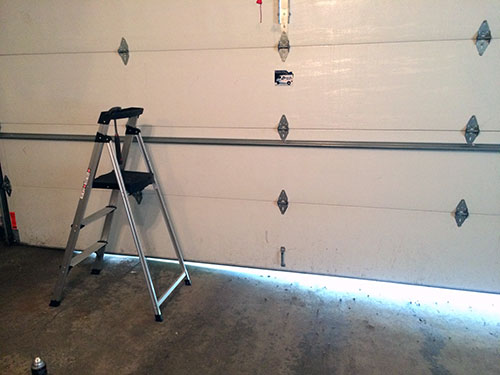F.A.Q
Services for all types of garage doors done by experts
If you are looking for good and short answers to the most usual garage door questions, scroll here.
How do I deal with a jammed door?
The first thing that our specialists recommend is to identify the real cause. It could be an extension spring that has lost its tension or even a torsion spring that is broken. Some doors experience GDO stripping after repeated use. You can deal with it by replacing the gears using quality parts.
How should I reduce the sound on my door?
Make sure that it is properly lubricated. Check both the torsion and extension springs because they could be broken. Of course you also have to account for the possibility that wear and tear have finally caught up with your garage door, in which case you need to replace some parts.
Can I install my old garage door opener on a new garage?
Not all garage door openers are compatible with every type and size of garage door. However, our experts say that it is still possible to install an old opener to a new garage door, provided that they are compatible in terms of size and fittings.
How do I conduct a balance test for my door?
First, turn off the automatic opener system before conducting the test. Then open the door halfway. The garage door should stay put and not open further or close. Then try opening and closing it from that halfway point. The motion should be effortless, not sudden, and the door should stay put irrespective of the position. This test should be performed regularly as part of preventive maintenance.
What are the materials used in insulating a garage door?
There are different materials that can be used to insulate a garage door. One of them is batt insulation, which is typically made of fiberglass and backed by paper or foil and often used to insulate exterior walls. Other good materials are foam board and rigid boards with reflective surface layers to reflect sunlight





